Stills & Nash Debut ‘Teach Your Children’ Live In 1969: A Rare Discovery
By Steve Silberman Jul 8, 2020 • 11:59 am PDT
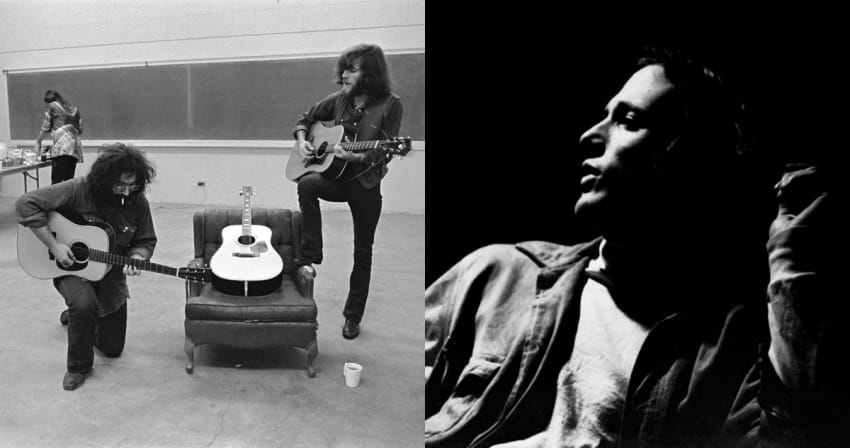
Photo by Joel Bernstein (left)/Courtesy of Graham Nash (right)
One August night in 1968, Graham Nash was smoking hash in a motel room after a gig with The Hollies at an old variety house in Leeds, in the north of England. The acclaimed Merseybeat group that Nash co-founded with Allan Clarke six years earlier was laying down tracks for an album of Bob Dylan covers, but Nash thought they should focus instead on developing their own original material.
The muses were on Nash’s side that night, and he wrote three poignant songs he would eventually record with a new set of bandmates when The Hollies showed little interest in them: “Lady Of The Island,” “Right Between The Eyes” and “Teach Your Children.” Those new bandmates were, of course, David Crosby and Stephen Stills, who enticed the slim, dapper young Englishman to quit The Hollies, join an emerging community of gifted musicians in the hills of Laurel Canyon overlooking Los Angeles, and form a new band.
Advertisement
At a time when defiant slogans like “Don’t trust anyone over 30” were popular among young people who felt betrayed by their elders sending them off to die in Vietnam, “Teach Your Children” sounded a welcome note of reconciliation and compassion. It was instantly embraced as a unifying anthem in a fractious time.
Nash says he was inspired to write the song by seeing a curator’s juxtaposition of two images from Nash’s photo collection at a gallery in Santa Clara. The first was a chilling portrait by photographer Arnold Newman of Alfried Krupp, a wealthy industrialist from the family that built Germany’s monstrous war machine, and insisted on using slave labor from concentration camps in their factories during World War II. Beside it was Diane Arbus’ iconic 1962 photograph of a boy clutching a toy hand grenade, a fanatical leer on his face.
“I began to realize that if we didn’t teach our kids a better way of dealing with our fellow human beings,” Nash recalls, “we were fucked.”
Nash would go to play “Teach Your Children” nearly every night that he performed in public for the next 50 years, usually with the audience joyously singing along, knowing every word. Until now, however, the tune’s debut performance – in a rare duo set by Nash and Stills at San Francisco’s Winterland on October 25, 1969, that has been virtually forgotten – has never been heard. The recent rediscovery of a soundboard recording of the set, soon to be uploaded to Archive.org and featured below with a sonic upgrade by tape archivist Charlie Miller, makes it possible to hear that charming first performance, along with several other songs, including the only known version by Nash or Stills of “Lonesome Valley,” an old spiritual previously recorded by Woody Guthrie, Elvis Presley, The Carter Family and many other groups.
This spunky and appealingly casual performance – an opening set for the Grateful Dead and Jefferson Airplane, in typical too-much-is-just-enough Bill Graham fashion — occurred at a tumultuous time in the lives and careers of Crosby, Stills and Nash. The release of the trio’s debut album the previous May, followed by the addition of Neil Young and a triumphant performance at Woodstock in August, had made them mega-stars, launching a renaissance of acoustic songcraft after years of electric psychedelia. But then the recording of CSNY’s first album as a quartet, Déja Vu, was interrupted by a profound tragedy.
On September 30, the love of Crosby’s life at that point– a gorgeous, upbeat, vibrant young woman named Christine Gail Hinton – was killed in a head-on car crash on a street in Marin County while taking her cat to the vet. Crosby was missing in action three weeks later at Winterland because he was still in deep mourning, accelerating the long slide into hard-drug use that would overwhelm his career in the 1980s until his eventual recovery.
“Christine’s death knocked my ass to the floor. I was in no shape to do gigs,” Crosby admits. “I was crying and hibernating.”
Advertisement
As their bandmate grieved in Novato, Stills and Nash continued to lay down tracks for Déja Vu at Wally Heider’s studio in San Francisco’s Tenderloin district, where CSNY, the Dead, and members of the Airplane recorded the best studio albums of their careers, including Volunteers, American Beauty, If I Could Only Remember My Name and Blows Against the Empire. More than a studio, Heider’s became a second home to a generation of psychedelicized folk musicians eager to contribute to each other’s projects. (Paul Kantner christened this grand collaboration the “Planet Earth Rock and Roll Orchestra” or PERRO). CSNY could even walk to work, as they were ensconced with a pair of Young’s bush babies, named Harriet and Speedy, at the Caravan Lodge, a funky rock ‘n’ roll hotel with a pool a couple of blocks from the studio.
Meanwhile, Nash’s arrangement of “Teach Your Children” had evolved considerably since that first night in Leeds. His initial approach was fairly straightforward pop-folk, and can be heard in demo form on Nash’s 2018 retrospective, Over the Years. When he played the song for Stills, however, his bandmate seemed unimpressed and suggested a more countrified arrangement to give it a lift. Stills demurred at playing lead guitar himself, however, feeling like he didn’t sound quite country enough.
Crosby proposed that his old friend Jerry Garcia play pedal steel on the track. The Dead’s scruffy lead guitarist was a huge fan of Ralph Mooney’s steel playing with bands like The Strangers and Buck Owens & The Buckaroos, inventors of the twangy, Telecaster-driven Bakersfield sound. (Indeed, Pete Grant, a former banjo student of Garcia’s who played steel on “Doin’ That Rag” on the Dead’s album Aoxomoxoa, remarked that the guitarist had a “pedal steel brain”). But Garcia had only been playing the famously tricky instrument seriously for a couple of years, gigging at local bars before forming The New Riders Of The Purple Sage with his bluegrass buddies David Nelson and John “Marmaduke” Dawson. (A slew of these early performances can be heard on the 2019 box set from the Owsley Stanley Foundation, Dawn Of The New Riders Of The Purple Sage.) He had also added a barnyard-ready pedal-steel lead on Kantner’s “The Farm” on Volunteers, recorded months earlier. Though Nash was still relatively unfamiliar with Garcia’s music, Crosby insisted he was the right guy for the part.
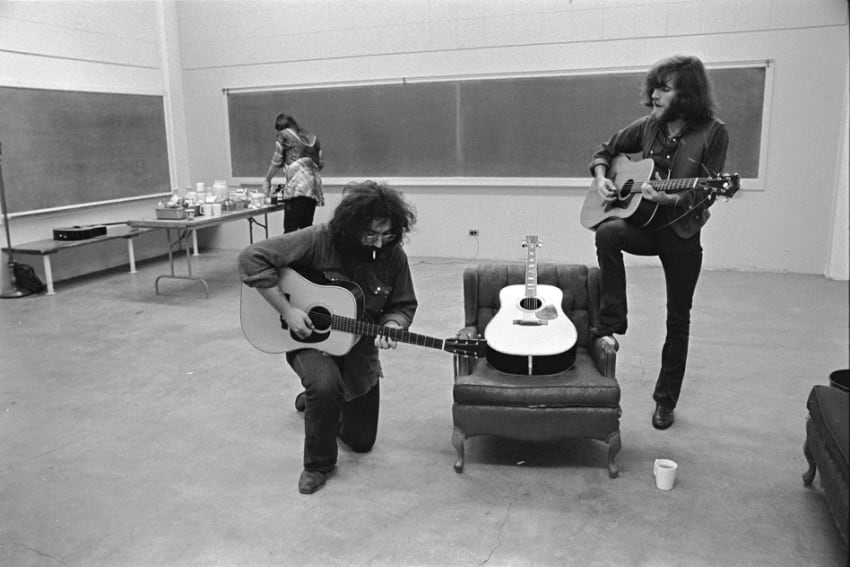
Jerry Garcia & Graham Nash, Berkeley Community Theater, Oct. 15, 1971. Photo: Joel Bernstein
Advertisement
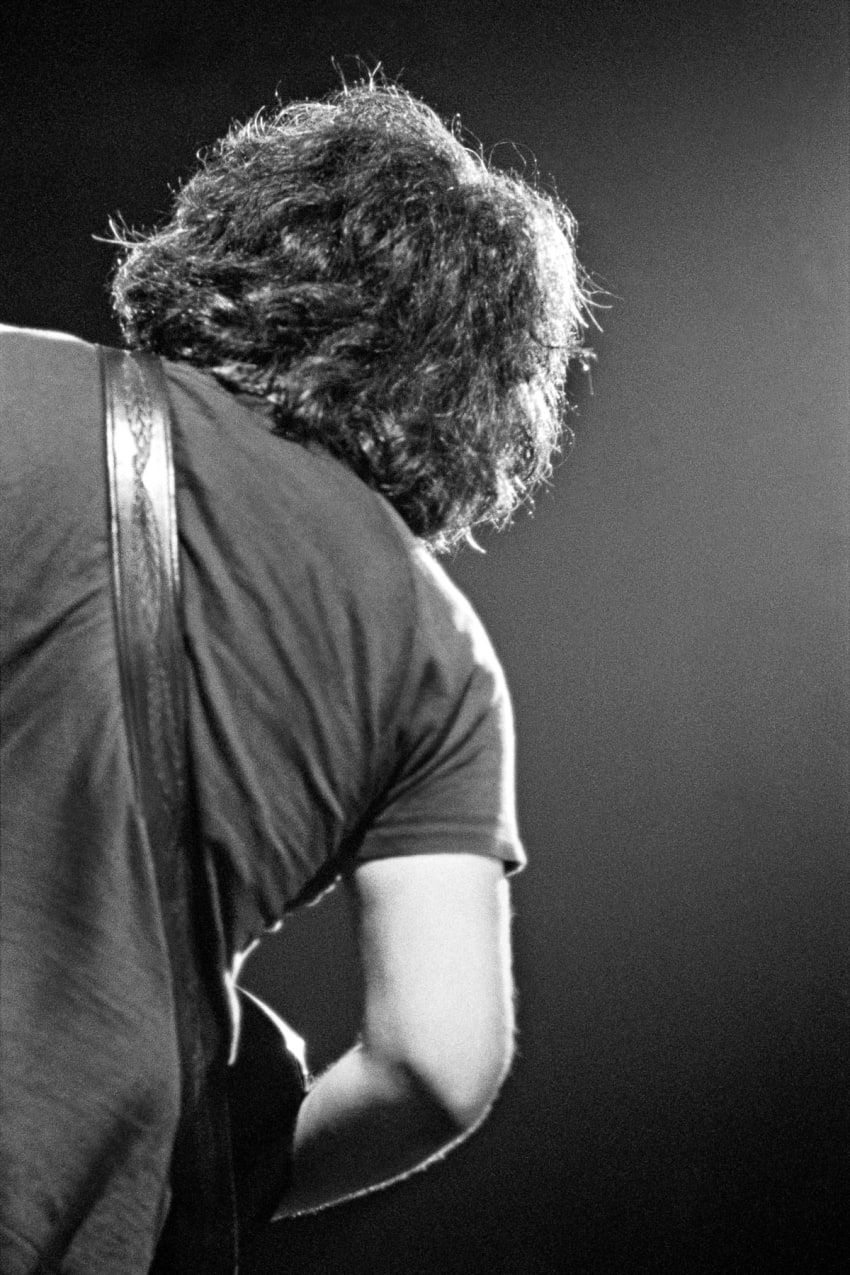
Photo courtesy of Graham Nash
“It didn’t matter how long Jerry had been playing the instrument,” Crosby recalls. “What mattered was in his head and heart, the way Jerry approached a melody.”
On October 24, Garcia made his first attempt at laying down a steel track for the song at Heider’s. “I actually fucked it up in a couple of places,” the humble guitarist told Nash abashedly. “Can I try that again?” Nash assured Garcia that the take was beautiful but invited him to take a second pass. “The first take was way better,” Nash recalls. “It was fantastic in its expression. I thought the song might be a hit before Jerry recorded the track, but I knew it would be after hearing what he played. It was perfect. It felt totally complete.”
Nash was right on two counts: “Teach Your Children” became one of CSNY’s most enduring hits, and Garcia’s first take instantly became one of the best-loved pedal steel recordings of all time, to the chagrin of some old-timers who’d been plying their trade in Nashville for decades. But Garcia shunned the usual country-and-western clichés, influenced by Mooney’s use of idiosyncratic tunings on a custom steel with a banjo neck. And he had his own inimitable “cry” on the instrument, heard to most heart-wrenching effect on “Laughing,” the emotional peak of Crosby’s 1970 masterpiece If I Could Only Remember My Name. Nash would go on to invite the guitarist to play steel on “I Used To Be A King” and “Man In The Mirror” on his first solo album, Songs for Beginners, also recorded at Heider’s, and released in 1971.
Garcia wasn’t paid in cash for his priceless contribution to “Teach Your Children,” but Nash rewarded the guitarist with a 1955 maple-neck Stratocaster that, after being modified by audio wizards like Frank Fuller at the Dead’s gear-building company Alembic, became one of his most celebrated instruments. Dubbed “Alligator” owing to a sticker that Garcia applied to the pickguard, the Strat enabled him to emulate the incisive twang of the other guitarist in Buck Owens’ Buckaroos, Don Rich. (It can be heard it its full psychedelicized Bakersfield glory on the Dead’s Europe ’72).
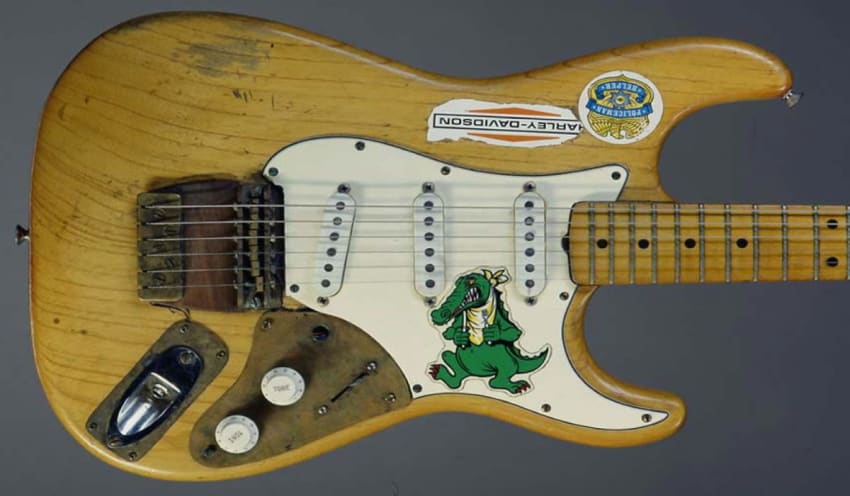
Nash suspects it was Garcia who invited him to play an unannounced opening set with Stills at Winterland the following night. With a run of CSNY shows at the Fillmore canceled in the immediate wake of Hinton’s death, Stills would have been keen to play. He was also eager to show off a bluesy new tune that he’d written specifically for the Dead, “Black Queen.” Though they didn’t record it for their next album, Workingman’s Dead, the Dead did play the song on December 10 at the Thelma Theater in Los Angeles, and again on April 16, 1983, at the Meadowlands, both with Stills sitting-in, in a hard-driving blues mode that recalled the Dead’s own “Easy Wind.” After playing the acoustic set with Nash, Stills joined the Dead for their electric set, adding his distinctively stinging lines to “Turn On Your Love Light.”
With Stills’ arrangement suggestion fresh in his memory, Nash introduced the first public performance of “Teach Your Children” by saying, “Here’s a little country tune we know,” as if the song was already a well-worn standard. It’s a luminous performance, with Stills adding silken vocal counterpoint that Crosby fleshed out into “talkback” lyrics (“can you hear and do you care”) between the lines of Nash’s verses in the studio version.
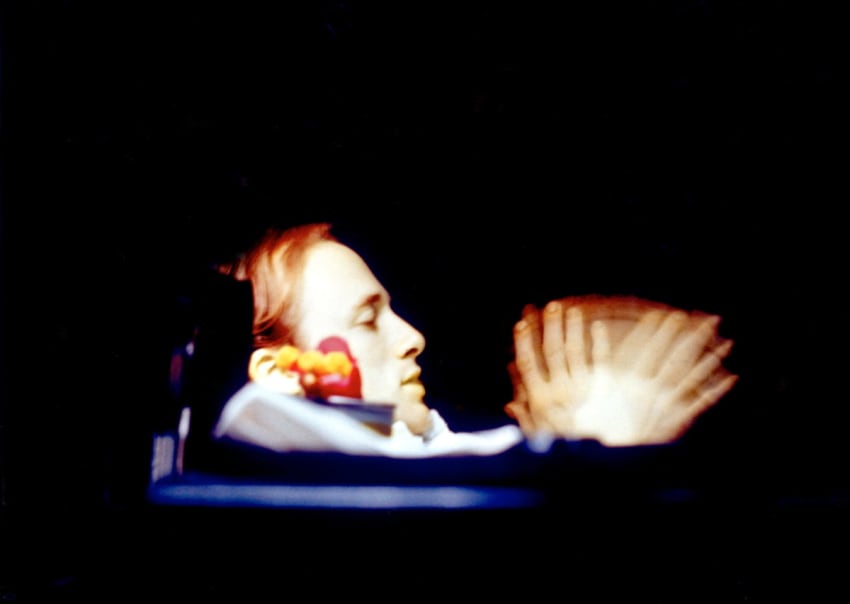
Photo courtesy of Graham Nash
Though Nash was right about the song’s hit potential, “Teach Your Children” would ironically be deflected from the #1 spot by another CSNY recording chronicling an episode of violence worthy of the song’s original inspiration in the Santa Clara gallery. With Nash’s blessing, the chart-topping single was superseded by Neil Young’s “Ohio,” which was written, recorded, and released by the band within a month of the killing of four college students by the National Guard at Kent State University in Ohio on May 4, 1970.
After singing “Teach Your Children” for more than half a century, Nash hears new meaning in the lyric as he gets older.
“The pendulum has swung in terms of the emphasis on parents teaching their children more to the last verse, which is to teach your parents well,” he says from coronavirus lockdown in his apartment in New York City’s East Village. “Look at the tremendous things that the students are doing after the Parkland school shooting, telling us not to support politicians who take money from the NRA. Look at Greta Thunberg warning us about climate change. The pendulum of ‘Teach Your Children’ is swinging to the other side — to the need to teach your bloody parents, because we are not listening.”
Listen to Stills & Nash’s performance on October 25, 1969 at the Winterland Ballroom below:
https://soundcloud.com/jambase/sets/stephen-stills-graham-nash-october-25-1969/s-SLWm37rvToy

